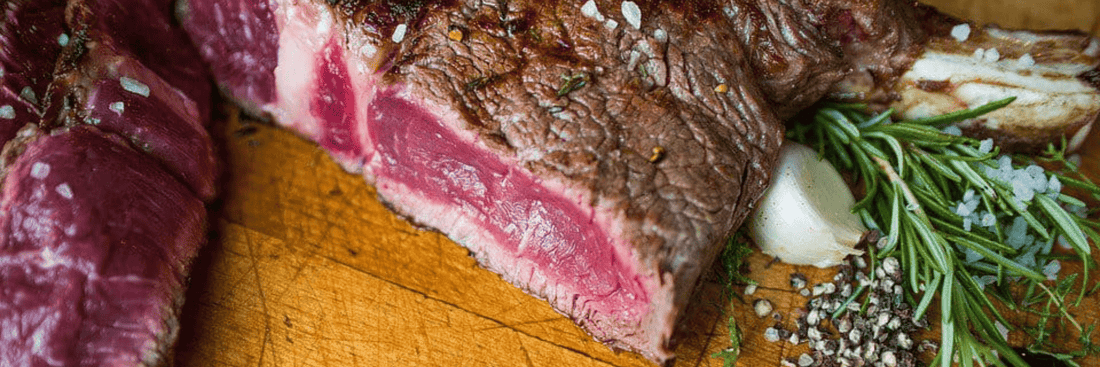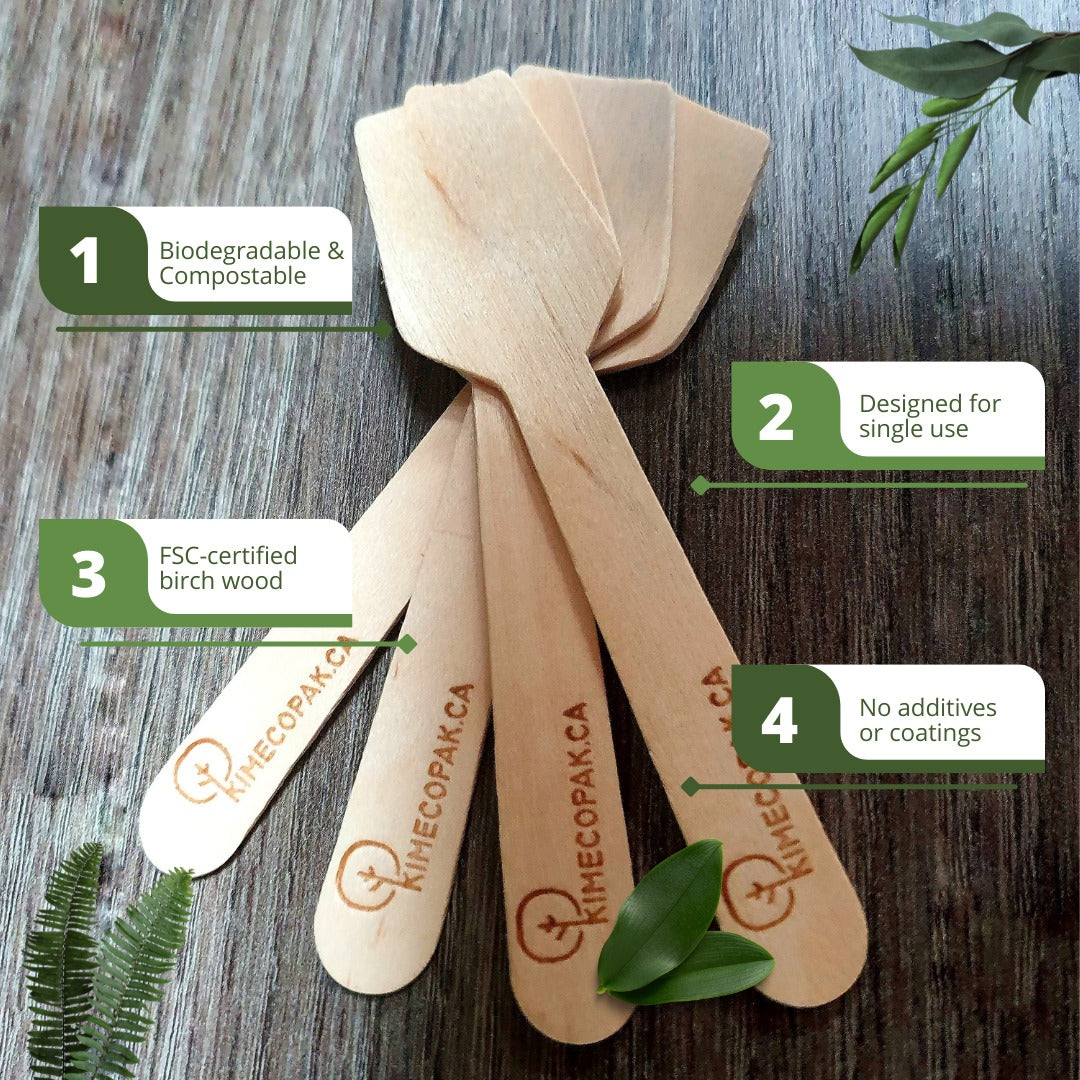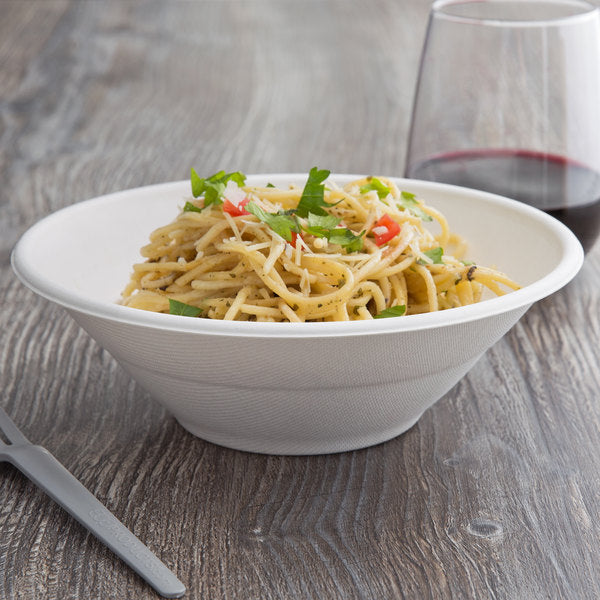Steak lovers often seek the ultimate level of doneness to maximize the tenderness and flavor of their favorite cuts. One such level is the "blue" steak, which holds a unique position on the doneness spectrum. In this article, we will explore what a blue steak is, how it differs from a rare steak, way to cook steak, its safety considerations, and the best cuts to achieve a perfect blue steak.
What Is a Blue Steak?
Blue steak (also called extra rare steak or blue rare steak) is a steak that is lightly seared on the outside yet red on the inside. Blue steak is cooked for a very brief amount of time. The result is a tender, soft steak that is ideal for people who enjoy a melt-in-your-mouth texture. Comprehending the characteristics of blue rare steak and its preparation is essential, regardless of whether you're preparing to launch a butcher shop or seeking innovative methods for serving steaks at your eatery.

Blue Steak vs. Rare Steak
While blue steak and rare steak share similarities in terms of tenderness, they differ in cooking time. A rare steak is cooked for a slightly longer duration than a blue steak, resulting in a warm red center. Blue rare steak takes rareness to the extreme, with a center that is cool and nearly raw, offering a unique texture and flavor experience.

How to Cook Blue Steak
To achieve a blue steak, follow these steps:
- Step 1: Choose a high-quality cut of steak, preferably one with good marbling.
- Step 2: Season the steak with salt, pepper, or desired spices.
- Step 3: Preheat a grill or skillet over high heat.
- Step 4: Sear the steak quickly on each side, approximately 30-60 seconds per side.
- Step 5: Use a meat thermometer to ensure the internal temperature reaches around 115°F (46°C), although there is no strict temperature requirement for a blue steak.
- Step 6: Rest the steak for a few minutes before slicing and serving.
Is Blue Steak Safe?
The safety of consuming blue steak depends on various factors, including the source and handling of the beef. The quick searing process kills surface bacteria, reducing the risk of foodborne illnesses. However, the center of the steak remains nearly raw, so it is crucial to use high-quality, properly handled beef from a reliable source. It is recommended to consult local food safety guidelines and preferences before consuming rare or blue steak.

Black and Blue Steak
Black and blue steak, also known as "Pittsburgh rare," is a variation that combines the blue level of doneness with a charred exterior. The steak is seared at high heat for a short time, creating a charred crust while maintaining the cool, rare center. This preparation method provides an intriguing contrast of textures and flavors.
Best Cuts for Blue Steak
Certain cuts of beef are better suited for achieving a blue steak due to their tenderness and thickness. Here are some recommended cuts:
- Fillet mignon (beef tenderloin): Known for its exceptional tenderness, fillet mignon is an excellent choice for a blue steak.
- Ribeye: With its generous marbling, ribeye delivers rich flavor and succulence even at the blue level of doneness.
- Striploin (New York strip): Striploin offers a good balance of tenderness and flavor, making it an ideal cut for a blue steak.
Blue Steak Safety Tips
- Source Quality Beef: Choose high-quality beef from a reputable source. Look for beef that has been handled and stored properly to minimize the risk of contamination.
- Freshness Matters: Ensure the beef is fresh and within its expiration date. Avoid using beef that has an off smell or unusual appearance as it may indicate spoilage.
- Safe Handling and Storage: Practice proper food safety measures when handling and storing beef. Keep raw beef separate from other foods to prevent cross-contamination. Refrigerate or freeze beef promptly to maintain its freshness.
- Cooking Temperatures: While blue steak is cooked briefly, it's important to sear the exterior at high heat to kill surface bacteria. Use a meat thermometer to ensure the internal temperature reaches at least 145°F (63°C) for a few seconds, although there is no strict temperature requirement for a blue steak. This helps reduce the risk of foodborne pathogens.
- Quality Control: Inspect the beef for any visible signs of contamination or abnormalities before cooking. Trim any excess fat or connective tissue from the steak to minimize potential bacterial growth.
- Personal Preferences and Local Guidelines: Take into account personal preferences and local food safety guidelines when consuming rare or blue steak. Some individuals, such as those with compromised immune systems or special dietary needs, may be more susceptible to foodborne illnesses and should exercise caution.
- Informing Others: If you're serving blue rare steak to others, make sure they are aware of its doneness level and any associated risks. Some guests may have specific dietary requirements or preferences that differ from yours.
Conclusion
For adventurous steak enthusiasts seeking a unique culinary experience, the blue steak provides a rare delight. With its cool, almost raw center and seared exterior, it offers a distinct texture and flavor profile. Proper sourcing, handling, and cooking techniques are crucial to ensure the safety and quality of blue steak.
Related Articles







